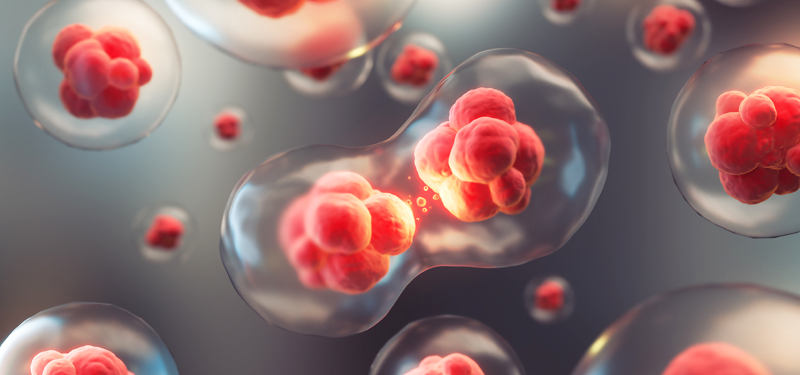
Sometimes your fertility specialist recommends embryo culture till the blastocyst stage.Let us discuss in detail the blastocyst stage.
A blastocyst is the stage of the human embryo approximately five to six days post-fertilization. A blastocyst stage should happen before the embryo hatches and gets implanted in the uterus lining.
An embryo typically has fifty to two hundred cells in the blastocyst stage. These cells are called trophectoderm. The trophectoderm plays a critical role in implanting embryos into the uterus. Some inner cell mass in the trophectoderm is the early cells of the fetus.
The growth of an embryo till the blastocyst in a laboratory is a relatively new technology. Blastocyst culture requires specialized culture media. This culture media can successfully nurture embryos outside the woman’s body
In a standard IVF process, the embryologist may implant embryos into the uterus after two or three days post-fertilization, when the embryos are still at the cleavage stage. At this stage, the embryo is composed of two to eight cells
By extending the embryo culture stage to five or six days, the doctors can observe the embryo development for an extended period. During this extra period, only some embryos progress and develop into blastocysts. Therefore, blastocysts have a higher potential to translate into a pregnancy than embryos in the cleavage stage.
Since the doctors will do implantation at the right time, therefore transferring an embryo into the uterus at the blastocyst stage may improve the chances of a successful pregnancy. If the doctors transfer embryos inside the uterus during the cleavage stage, the embryos need a couple of days before getting converted into blastocysts.
Most importantly, with blastocyst culture, doctors transfer fewer embryos or often single embryos, thus decreasing the chances of multiple pregnancies.
The number of embryos that successfully reach the blastocyst stage varies from patient to patient.
More often, there is at least one healthy blastocyst after every IVF. However, in rare cases, none of the embryos from the bunch makes it to the blastocyst stage
The embryologists recommend blastocyst culture to most patients with a good chance of developing healthy blastocysts